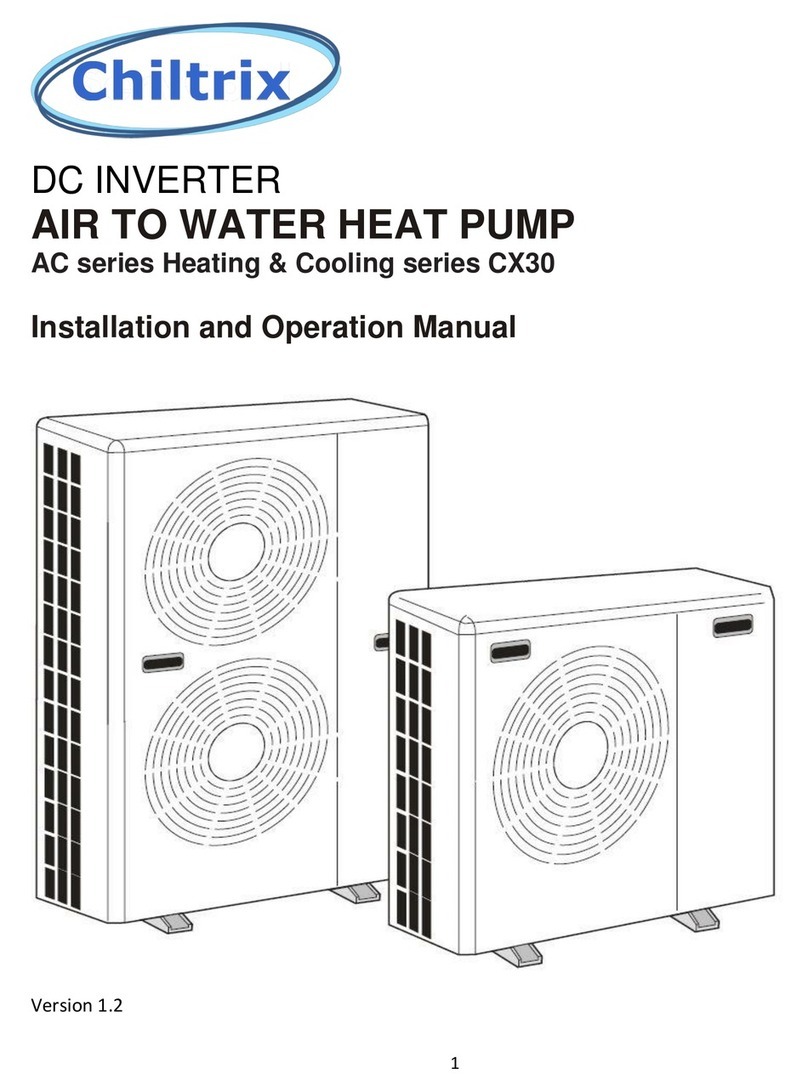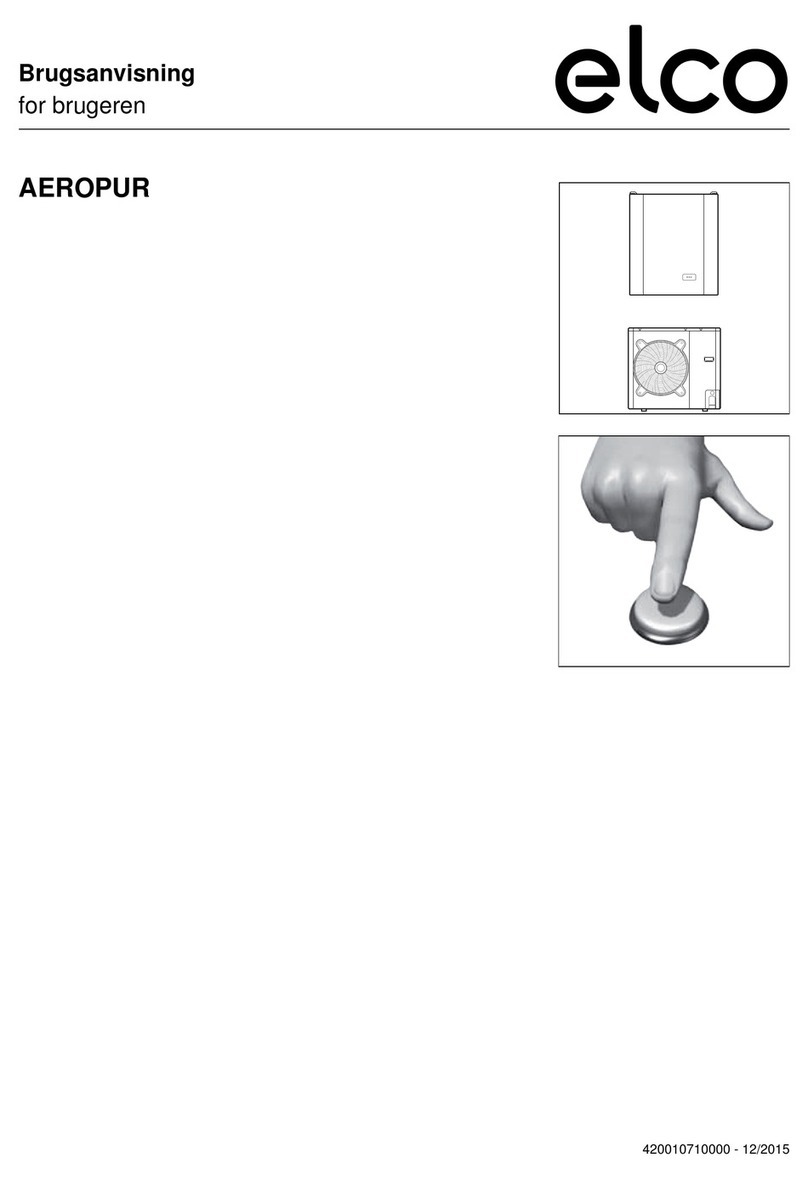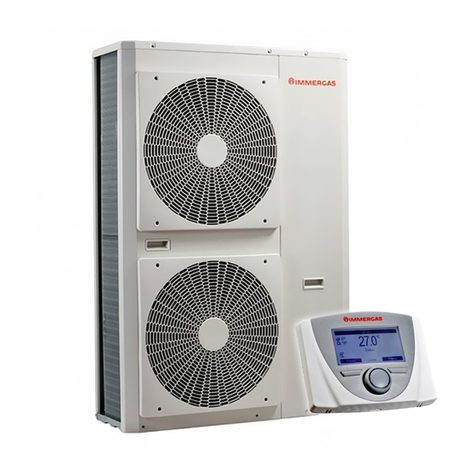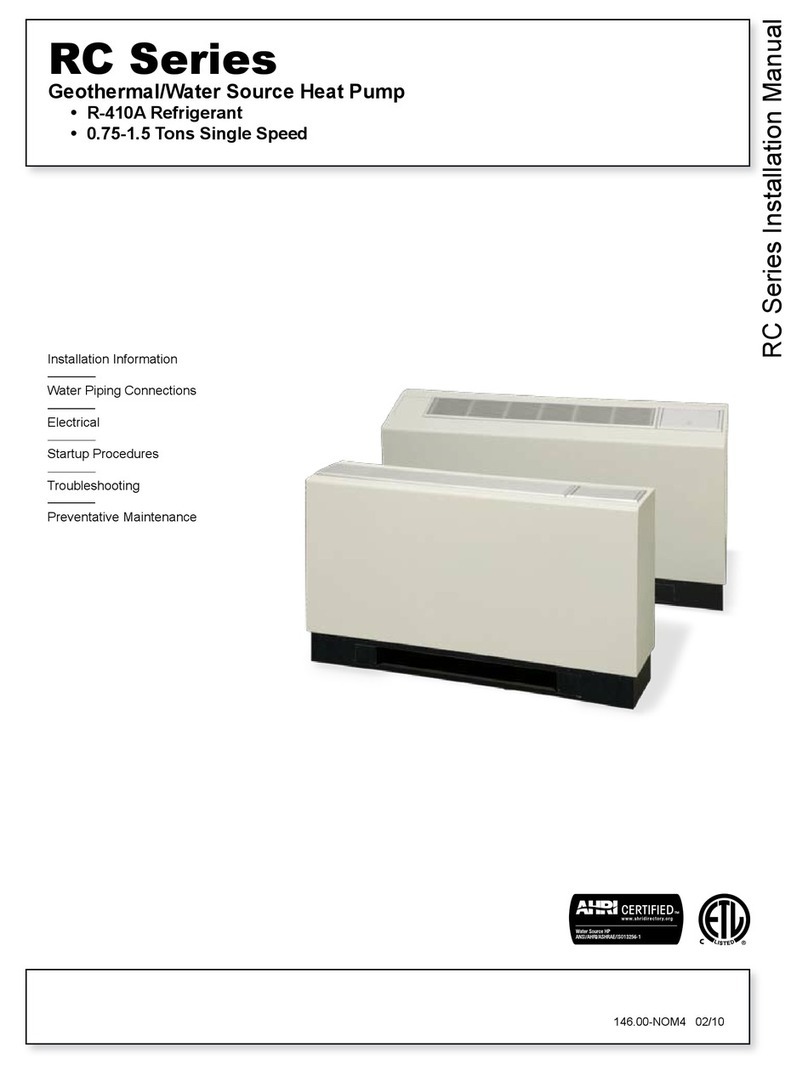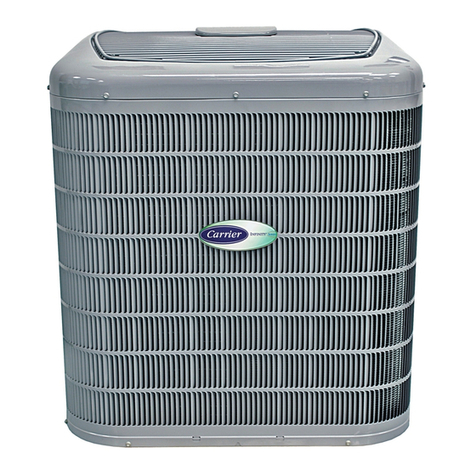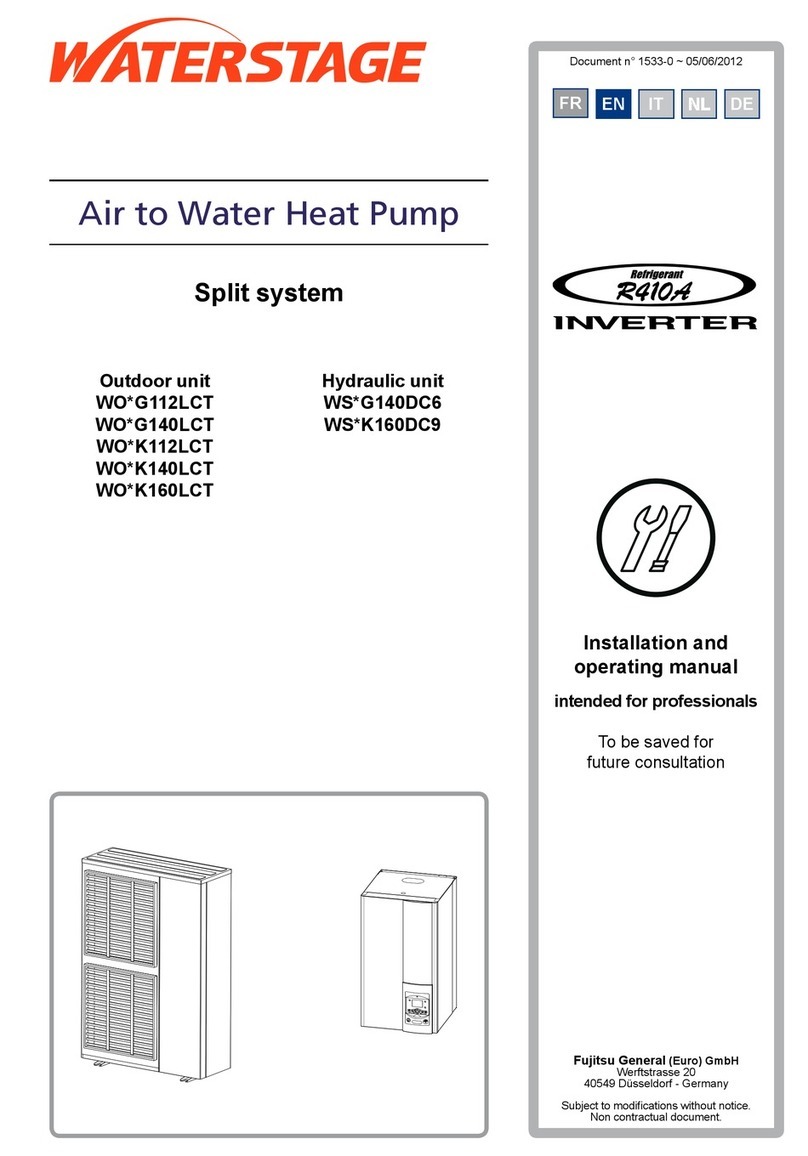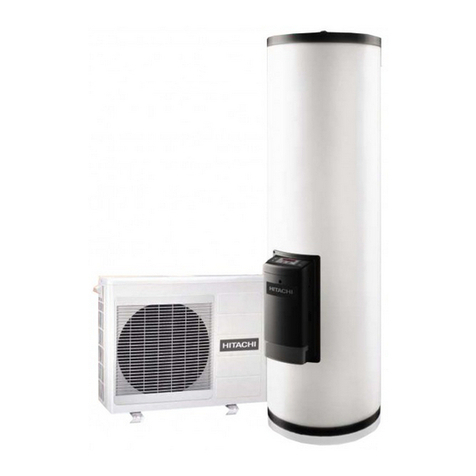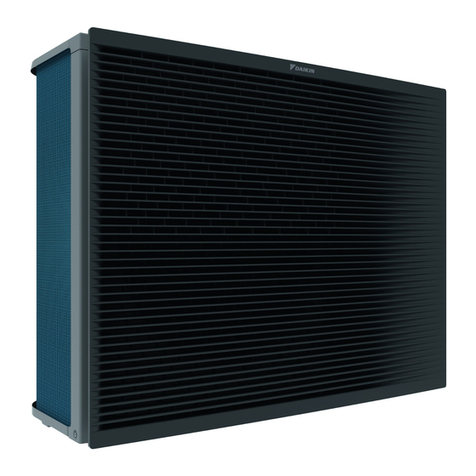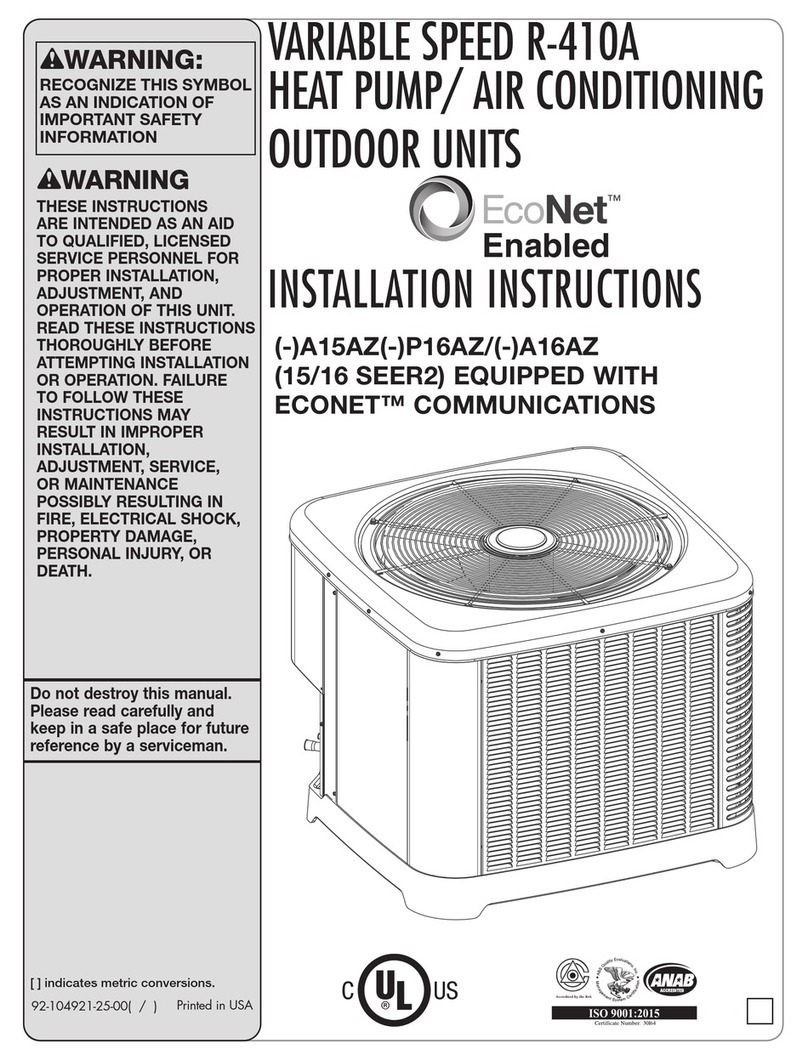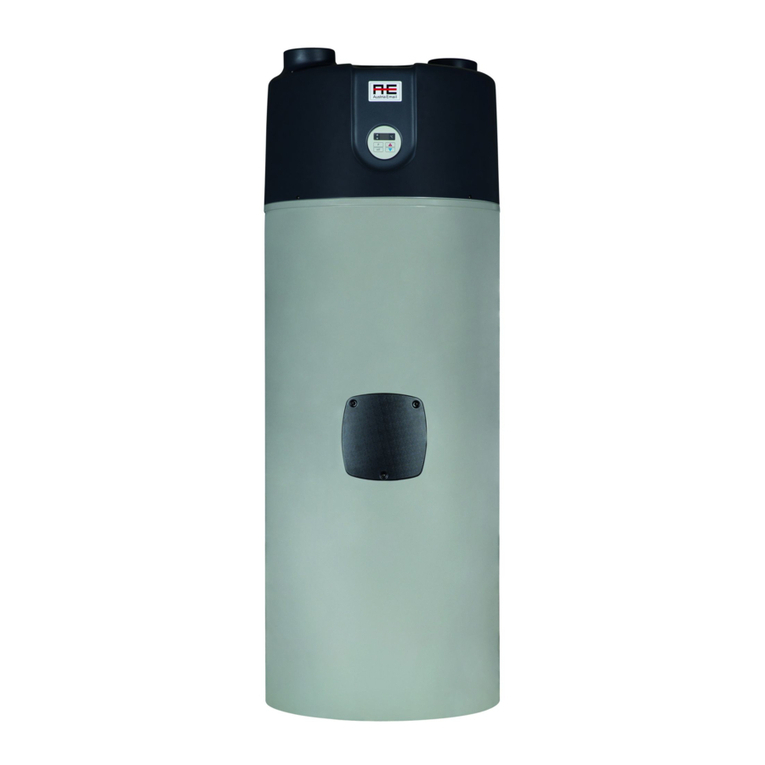
© Austria Email AG
id.: 1 -14-35-1251-08 | 02.2016
3.2 Recommendations
The device must only be operated by experts and trained personnel who can guarantee safe operation and
maintenance using these operating instructions. During operation, it is forbidden to move or relocate the
device, or to clean or repair it. Before installation and before any subsequent invasive operation inside the
device, it is absolutely imperative to
and maintenance.
The electric installation of the device must be carried out by an authorised person (licensed electrician) while
the device is isolated from the power supply. Disasse
heat pump is forbidden. There must be sufficient space around the heat pump to allow rapid and easy
access in the event of a repair or maintenance. If the water temperature in boiler exceeds 5°C while th
heat pump is operating, Customer Services must be informed immediately. The device must be
disconnected from the network before any work on the heat pump. The heat pump must be set up in such a
way that the mains plug is easily accessible at all times. T
slip floor. At least a 2 my large area must be provided for maintenance. During installation, operation and
maintenance, adequate lighting, with a minimum of 150 Lux, must be provided. It must be ensured tha
device does not endanger anyone, and that children and untrained people are not allowed access during
operation.
3.3 Safety data sheet: R-
3.3.1 Identification
Product: R - 134a (HFC - 134a)
The refrigerant belongs to the group of the fluorocar
systems as well as heat pumps.
3.3.2 Hazard symbols
D NGER
Risk of the occurrence of certain situations that can cause serious injury.
1. Risk of health hazards:
-
Refrigerant vapours are heavier than air and can thus displace air from the room. As a result, due to
the lack of air, dizziness, loss of consciousness or even suffocation can ensue.
-
Liquid gas: Contact with the liquid can cause chilblains and serious ey
2.
Product classification: This refrigerant is not referred to as a "harmful product" according to the EU
Directive.
The device must only be operated by experts and trained personnel who can guarantee safe operation and
maintenance using these operating instructions. During operation, it is forbidden to move or relocate the
device, or to clean or repair it. Before installation and before any subsequent invasive operation inside the
device, it is absolutely imperative to
read the contents of the operating instructions to ensure safe operation
The electric installation of the device must be carried out by an authorised person (licensed electrician) while
the device is isolated from the power supply. Disasse
mbly the device and leaning any objects against the
heat pump is forbidden. There must be sufficient space around the heat pump to allow rapid and easy
access in the event of a repair or maintenance. If the water temperature in boiler exceeds 5°C while th
heat pump is operating, Customer Services must be informed immediately. The device must be
disconnected from the network before any work on the heat pump. The heat pump must be set up in such a
way that the mains plug is easily accessible at all times. T
he device must be set up on a hard, flat and non
slip floor. At least a 2 my large area must be provided for maintenance. During installation, operation and
maintenance, adequate lighting, with a minimum of 150 Lux, must be provided. It must be ensured tha
device does not endanger anyone, and that children and untrained people are not allowed access during
The refrigerant belongs to the group of the fluorocar
bons that are used in refrigeration and air
Risk of the occurrence of certain situations that can cause serious injury.
Refrigerant vapours are heavier than air and can thus displace air from the room. As a result, due to
the lack of air, dizziness, loss of consciousness or even suffocation can ensue.
Liquid gas: Contact with the liquid can cause chilblains and serious ey
Product classification: This refrigerant is not referred to as a "harmful product" according to the EU
6
The device must only be operated by experts and trained personnel who can guarantee safe operation and
maintenance using these operating instructions. During operation, it is forbidden to move or relocate the
device, or to clean or repair it. Before installation and before any subsequent invasive operation inside the
read the contents of the operating instructions to ensure safe operation
The electric installation of the device must be carried out by an authorised person (licensed electrician) while
mbly the device and leaning any objects against the
heat pump is forbidden. There must be sufficient space around the heat pump to allow rapid and easy
access in the event of a repair or maintenance. If the water temperature in boiler exceeds 5°C while th
e
heat pump is operating, Customer Services must be informed immediately. The device must be
disconnected from the network before any work on the heat pump. The heat pump must be set up in such a
he device must be set up on a hard, flat and non
-
slip floor. At least a 2 my large area must be provided for maintenance. During installation, operation and
maintenance, adequate lighting, with a minimum of 150 Lux, must be provided. It must be ensured tha
t the
device does not endanger anyone, and that children and untrained people are not allowed access during
bons that are used in refrigeration and air
-conditioning
Risk of the occurrence of certain situations that can cause serious injury.
Refrigerant vapours are heavier than air and can thus displace air from the room. As a result, due to
the lack of air, dizziness, loss of consciousness or even suffocation can ensue.
Product classification: This refrigerant is not referred to as a "harmful product" according to the EU





















